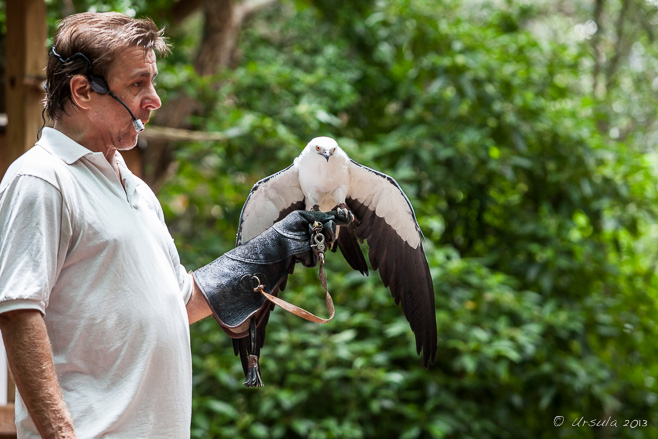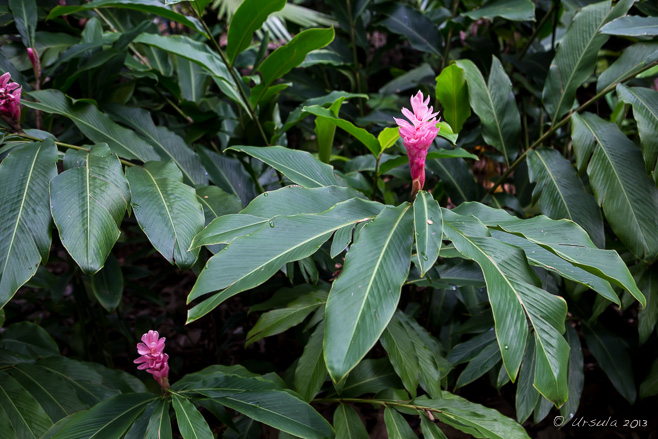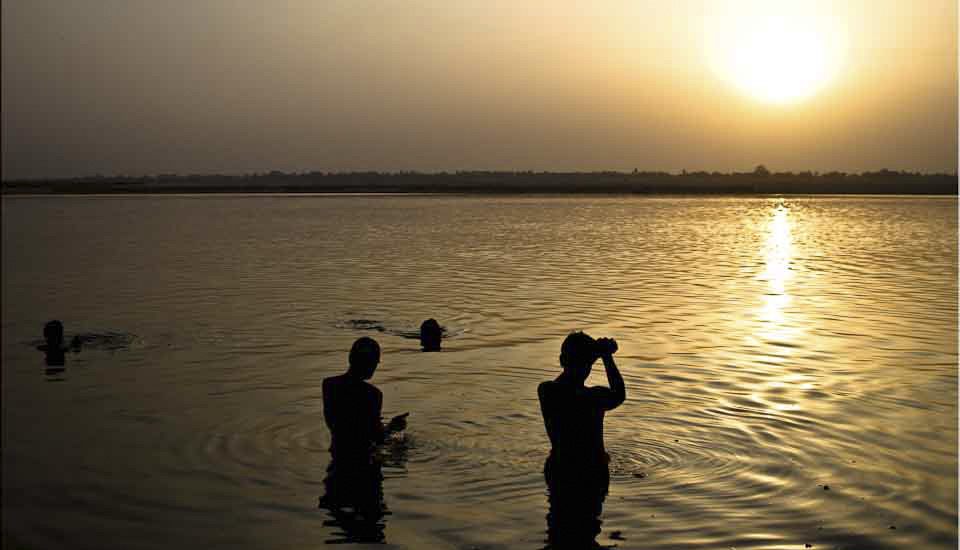
Swallow-Tailed Kite
“Wildlife Encounter Talks” are given every afternoon at Flamingo Gardens in Davie, Florida.
Florida welcomes you to the state with fresh orange juice and glossy brochures, and then subjects you to mile-upon-mile of billboards advertising everything from alligator airboats to the power of prayer. Endless highways and turnpikes are bounded by garish plastic storefronts advertising all manners of food, tacky souvenirs, alcohol, and entertainment.
I found it vaguely depressing, and very overwhelming. Fortunately, as I have written before (Kissimmee Lake), it is possible to escape. National Parks, Indian Reservations, State protected green spaces and privately bequeathed lands are never too far away, if you look.
Which is lucky.
We’d had a rough night. Our planned lodgings in Fort Lauderdale had collapsed spectacularly, and our attempt to find an alternative near the Everglades had failed. (The people I spoke to at the local gas station didn’t sound used to talking to tourists, let alone accommodating them.) We drove in circles, late into the evening, and finally ended up with a room at a dimly-lit strip motel where the “reception” was behind a locked grate.
So, I was determined to jump off the highway at the Flamingo Gardens, a not-for-profit botanical gardens and wildlife sanctuary, before continuing south into the Florida Keys.
It was a good decision.

Sun Parakeet
The Sun Conure (Aratinga solstitialis) is actually a native of South America – but often found in captivity.
We escaped our dingy, overnight dungeon and were parked at the gardens before they opened for the day. We wandered around the parrots and macaws in the outside aviaries waiting for the doors to open, and once inside, didn’t leave until early afternoon.

Pink Ginger (Zingiberaceae)
Flamingo Gardens is set on 60 acres of land, divided into seven distinct botanical zones.

Orchids
The “Tropical Plant House” area includes orchids, calatheas and other high-maintenance tropical plants.

Wild Ginger (Zingiber zerumbet)

More Wild Gingers?
The gardens are a feast of strange, tropical plants.

Erect Heliconia
It must be the right time of year: colour peaks out from everywhere.

Harris’s Hawk
We made our way into the “Bird’s of Prey” area…

Red Shouldered Hawk
… where we met several rescued raptors…

Burrowing Owl
… including this adorable little owl who came off second-best in a nasty accident.

Black and Yellow Garden Spider

Roseate Spoonbill
In the large, walk-through “Everglades Free-Flight Aviary”, we were surrounded by some of the more-than-45 species of Florida native birds housed there.

Eastern Brown Pelicans
Brown Pelicans live in Florida year-round ~

American White Pelican
~ while the White Pelican is a winter visitor.

Squirrel
The Eastern Gray Squirrel, Sciurus carolinensis, is found in the southern parts of eastern Canada and throughout the mid-western and eastern United States.

School Children
The Flamingo Gardens cater for school groups. Some of these children seem pretty excited to be so close to White Ibis.

Caribbean Flamingos
“Flamingo Pond” is home to the eponymous waders.

Brazilian Red-Cloak (Megaskepasma)

Golden Candles (Pachystachys lutea)

Shade Trellis
Delicate slipper orchids hang from the trellis where we wait for our “Narrated Tram Tour” around the wetlands and native trees.

The Wrays
Floyd L. and Jane Wray came to Florida in 1925 and bought 320 acres of land. They were intrigued by the horticultural possibilities of the subtropical locale. Floyd and his business partner Frank Stirling founded Flamingo Groves in 1927, maintaining the indigenous plant life as well as cultivating exotic specimens and testing the viability of over 60 varieties of citrus. (History)

The Historic Wray Home
The weekend home of the Wrays, nestled in a native hammock of Live Oak trees, many of them 150 to 200 years old, was originally built in 1933. Restored, it is now open to the public as a small museum.

Peacock
Over four dozen peacocks live on the property.

Peacock
Lucky for us, it was mating season.

Black Vulture
The vultures nesting nearby are much less blessed in the looks department.

Northern Crested Caracara
These impressive Florida natives are members of the falcon family.

Florida Bobcat
The “Everglades Wildlife Sanctuary” section of Flamingo Gardens was opened in 1990, and was one of the first to house permanently injured or non-releasable Florida native wildlife.

Opossum
Much maligned, North America’s only marsupials, opossums are omnivorous and often scavenge roadkill and household garbages. They are almost totally immune to rabies and snakebite.
 I am grateful that Mrs. Wray established the Floyd L. Wray Memorial Foundation in 1969 in honour of her late husband, preserving the core property for us, and for future generations.
I am grateful that Mrs. Wray established the Floyd L. Wray Memorial Foundation in 1969 in honour of her late husband, preserving the core property for us, and for future generations.
A few hours in the park sure improved my day ~
and we can all use a bit more nature in our lives.
Photos: 03June2013






























.png)


[…] when the opportunity to get a little closer to our feathered friends presents itself (e.g.: Flamingo Gardens and On the Perch), I tend to jump at it. A couple of years ago, my husband and I were in Bali, […]